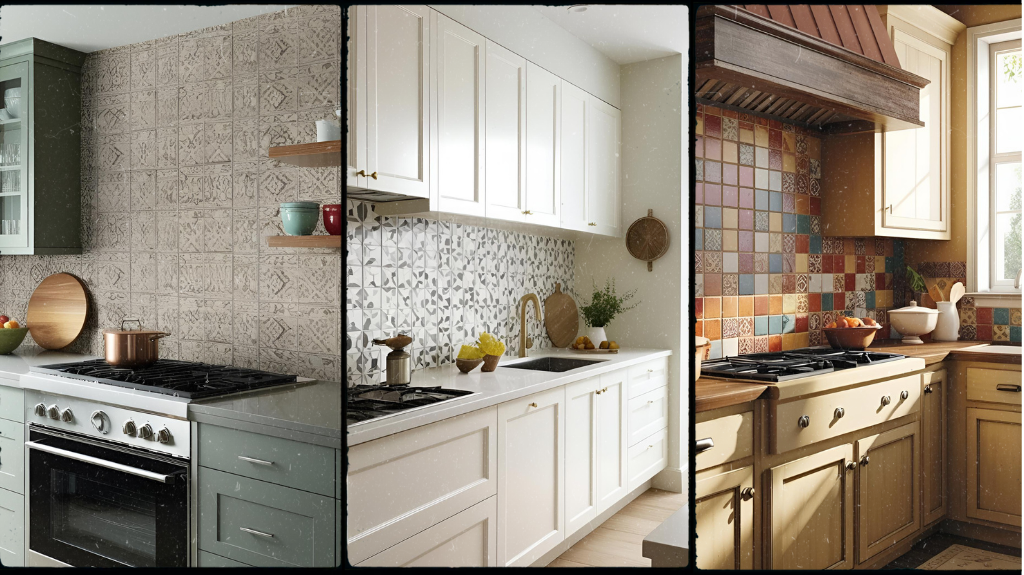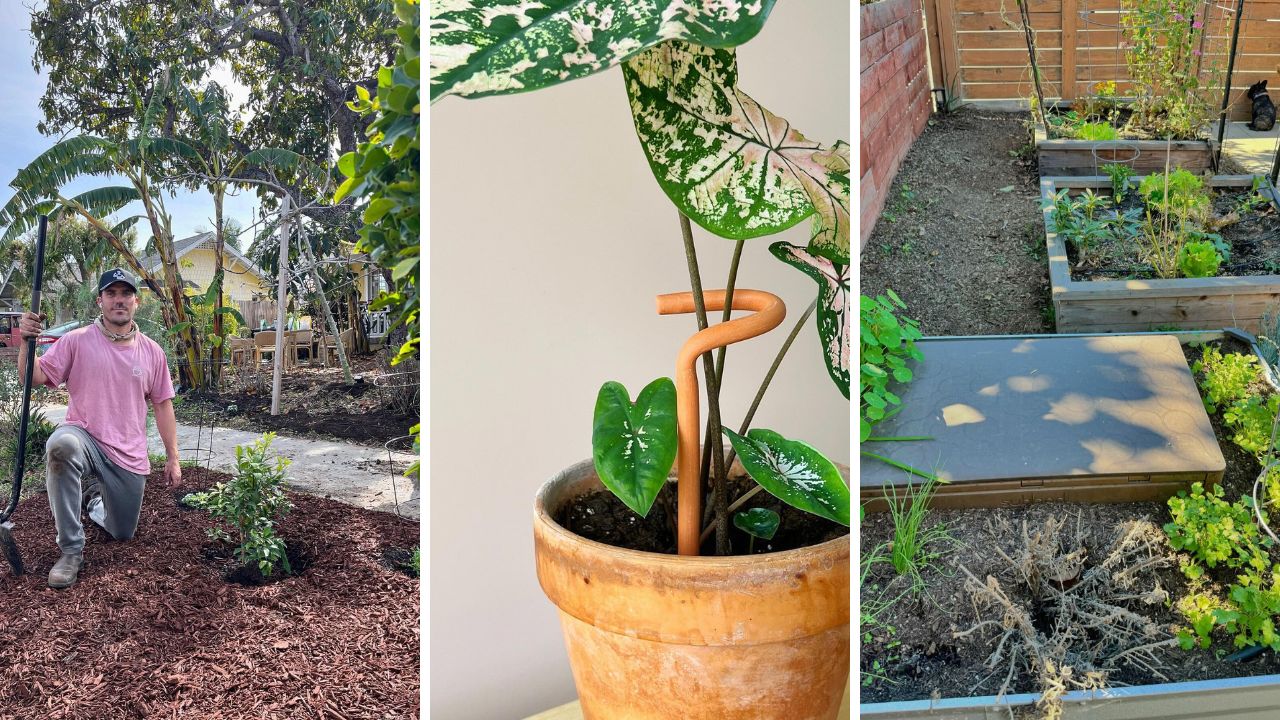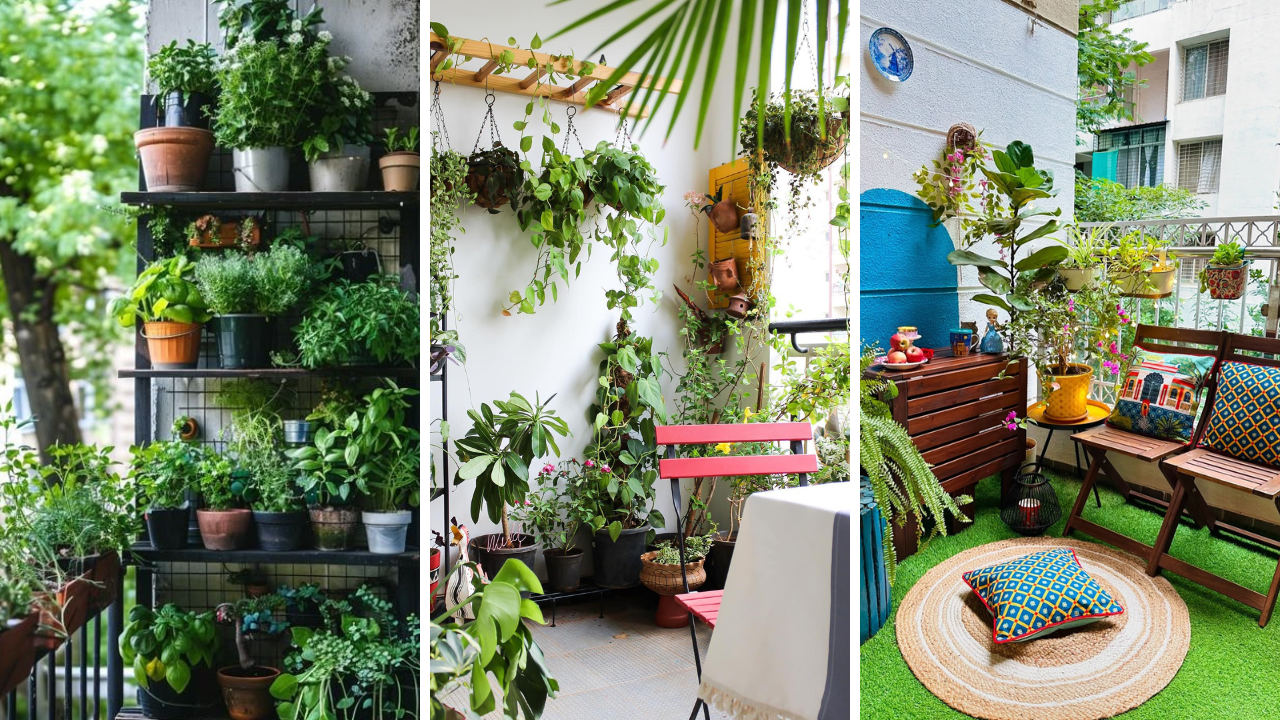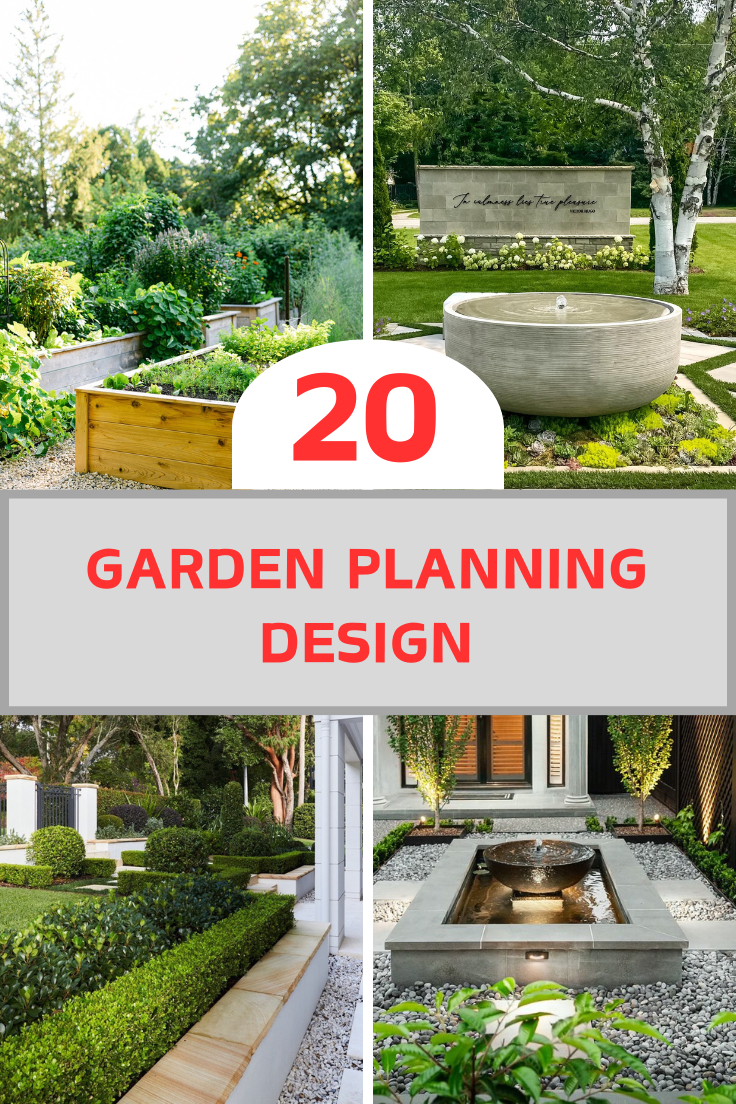
A well-designed garden can be a breathtaking sanctuary, a source of fresh vegetables, or a welcoming outdoor gathering space. Whether you have a sprawling backyard, a cozy patio, or a tiny balcony, strategic planning can maximize your garden’s beauty and functionality. Garden design is more than just picking plants—it’s about creating harmony between nature and your lifestyle. Do you want a space to relax with a book, a vibrant flower haven, or a productive vegetable patch? By considering elements like sunlight, plant selection, pathways, and décor, you can create a space that brings joy throughout the seasons. This guide will take you through 20 essential garden planning and design tips that will help you craft a stunning landscape. We’ll cover everything from choosing the right plants to incorporating seating areas, vertical gardening, and using smart irrigation systems. Plus, we’ll recommend handy gardening tools and accessories available on Amazon to make the process easier. Get ready to transform any space into a lush paradise!
1. Define Your Garden’s Purpose
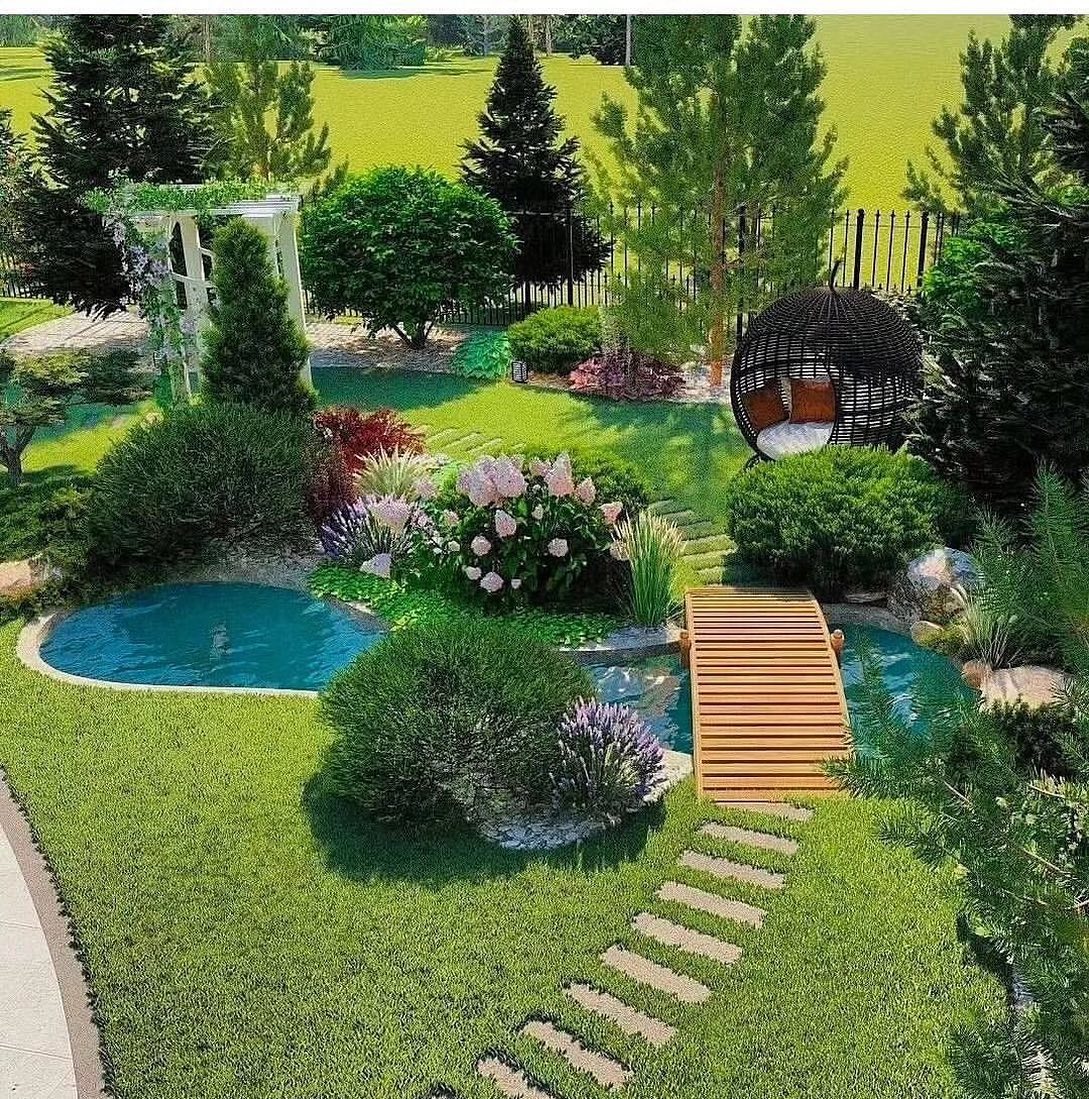
source @gardeningdesigns
Before you start digging, consider what you want your garden to be. Is it a relaxing retreat, a play area for kids, or a space for fresh homegrown produce? Your vision will guide your design choices, including plant selection, layout, and décor. If you love hosting gatherings, you might want an outdoor dining area surrounded by fragrant blooms. If you’re looking for a tranquil escape, a meditation garden with soft grasses and a water feature might be ideal. Those with a passion for sustainability may prioritize a vegetable or herb garden. Once you have clarity on your garden’s role, you can tailor the design to meet your needs. Amazon Pick: A garden planner notebook is a fantastic tool for mapping out ideas and keeping track of plant selections and seasonal maintenance.
2. Assess Your Space and Sunlight
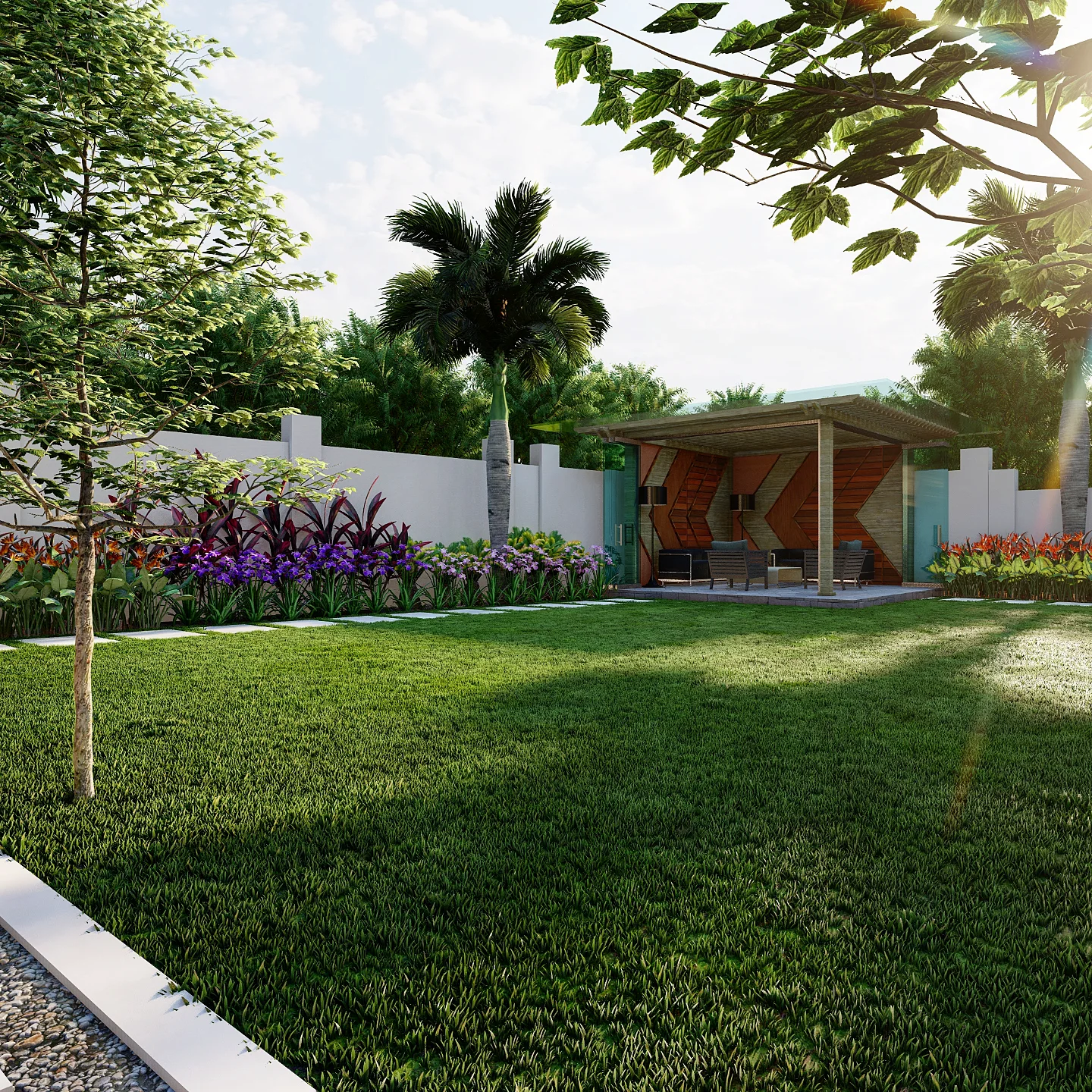
source @ecomice_compound_designers
Every garden is unique, and understanding its conditions will help you design wisely. Spend a few days observing how much sunlight each section of your garden receives. Some plants thrive in full sun, while others need partial shade. Use this knowledge to place plants strategically—sun-loving flowers like roses and lavender in open areas, and shade-loving plants like ferns and hostas under trees. Soil quality is another key factor. Conduct a simple soil test to determine its pH and nutrient levels, as this will help you choose plants that will thrive in your environment. If your soil is poor, consider using raised garden beds or adding organic compost to enrich it. Amazon Pick: A sunlight meter helps measure light exposure, ensuring you plant in the right locations.
3. Choose the Right Plants for Your Climate
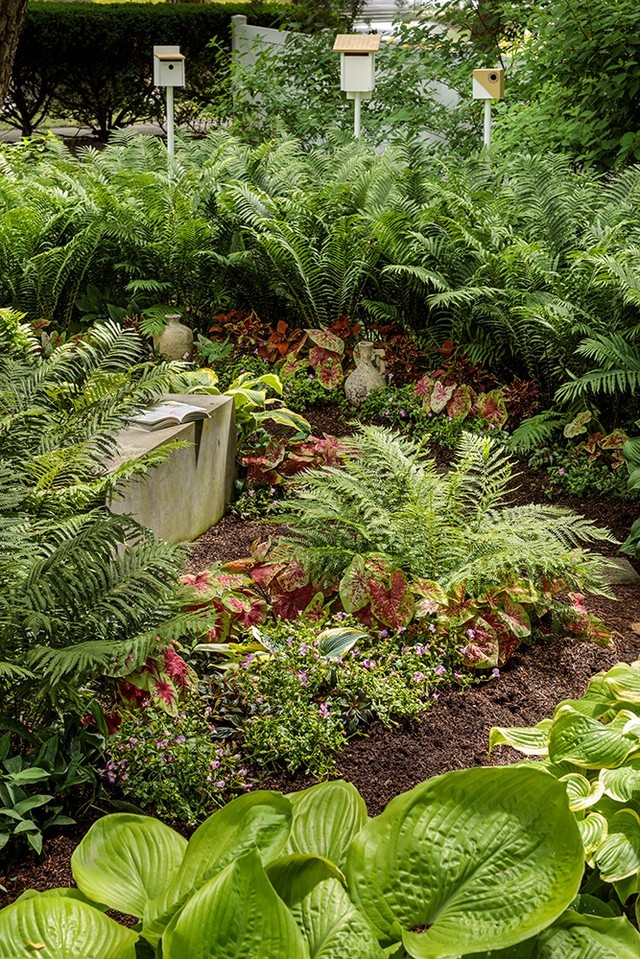
source @gardendesignmag
Selecting plants suited to your region’s climate reduces maintenance and improves your garden’s longevity. Check the USDA Plant Hardiness Zone Map to find flowers, shrubs, and vegetables that grow best in your area. Native plants are a great choice as they require less water and attract beneficial pollinators. If you live in a dry climate, opt for drought-tolerant plants like succulents, lavender, and ornamental grasses. In wetter regions, ferns, hydrangeas, and hostas thrive. If you want year-round color, mix perennials (which return annually) with seasonal flowers. Amazon Pick: A variety pack of seeds tailored to your specific growing zone.
4. Plan a Focal Point
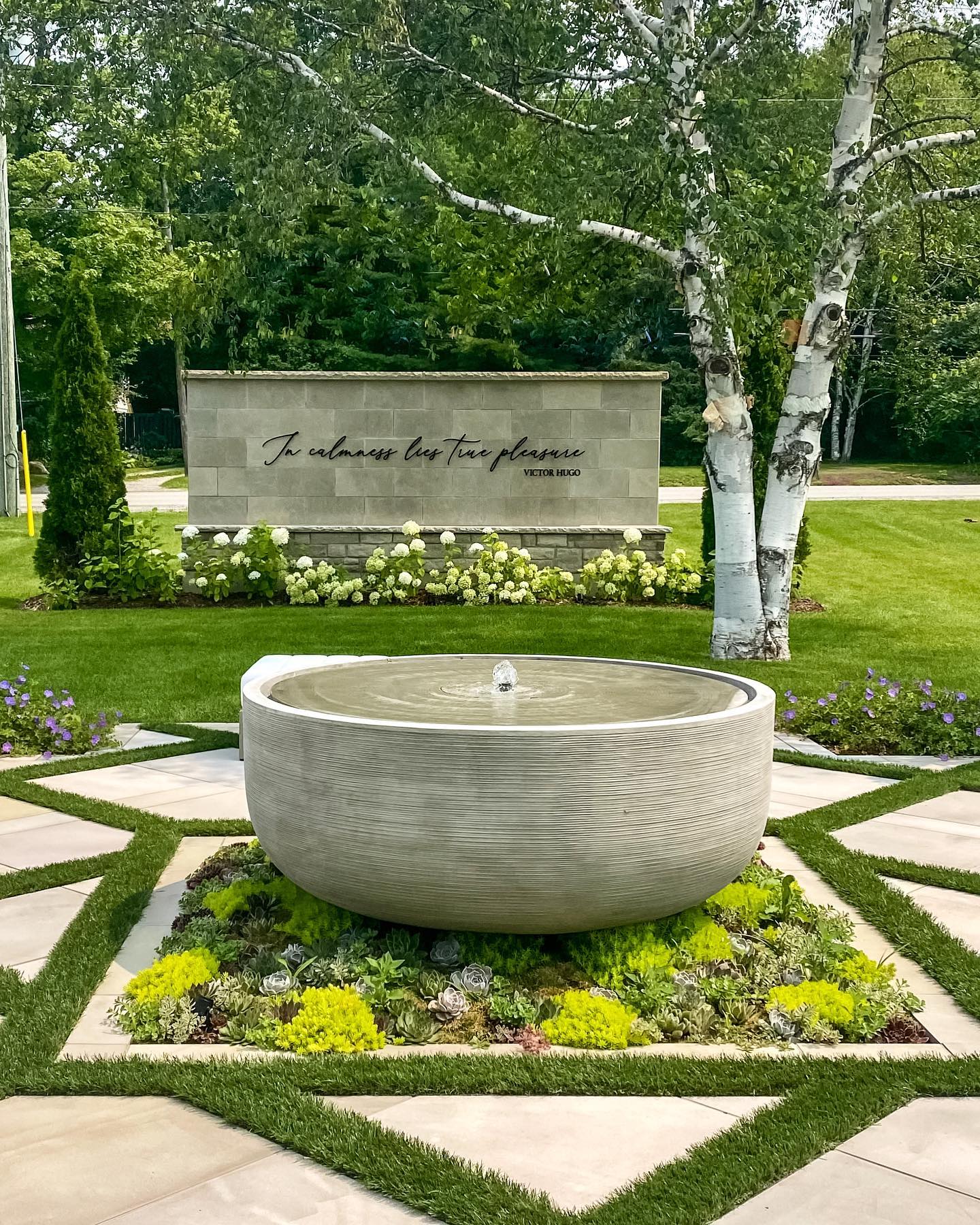
source @ladylandscape
A visually appealing garden needs a focal point to draw the eye and create a sense of balance. This could be a majestic tree, a decorative trellis, a bubbling fountain, or a charming bench tucked among the flowers. When choosing your focal point, consider how it interacts with surrounding elements. A simple but striking garden archway covered in climbing roses can create a romantic entrance. A dramatic water feature or sculpture can add personality and elegance. Don’t forget lighting—soft solar lights can highlight your focal point beautifully in the evening. Amazon Pick: A decorative garden fountain that adds both beauty and a soothing ambiance.
5. Layer Your Plants for Depth
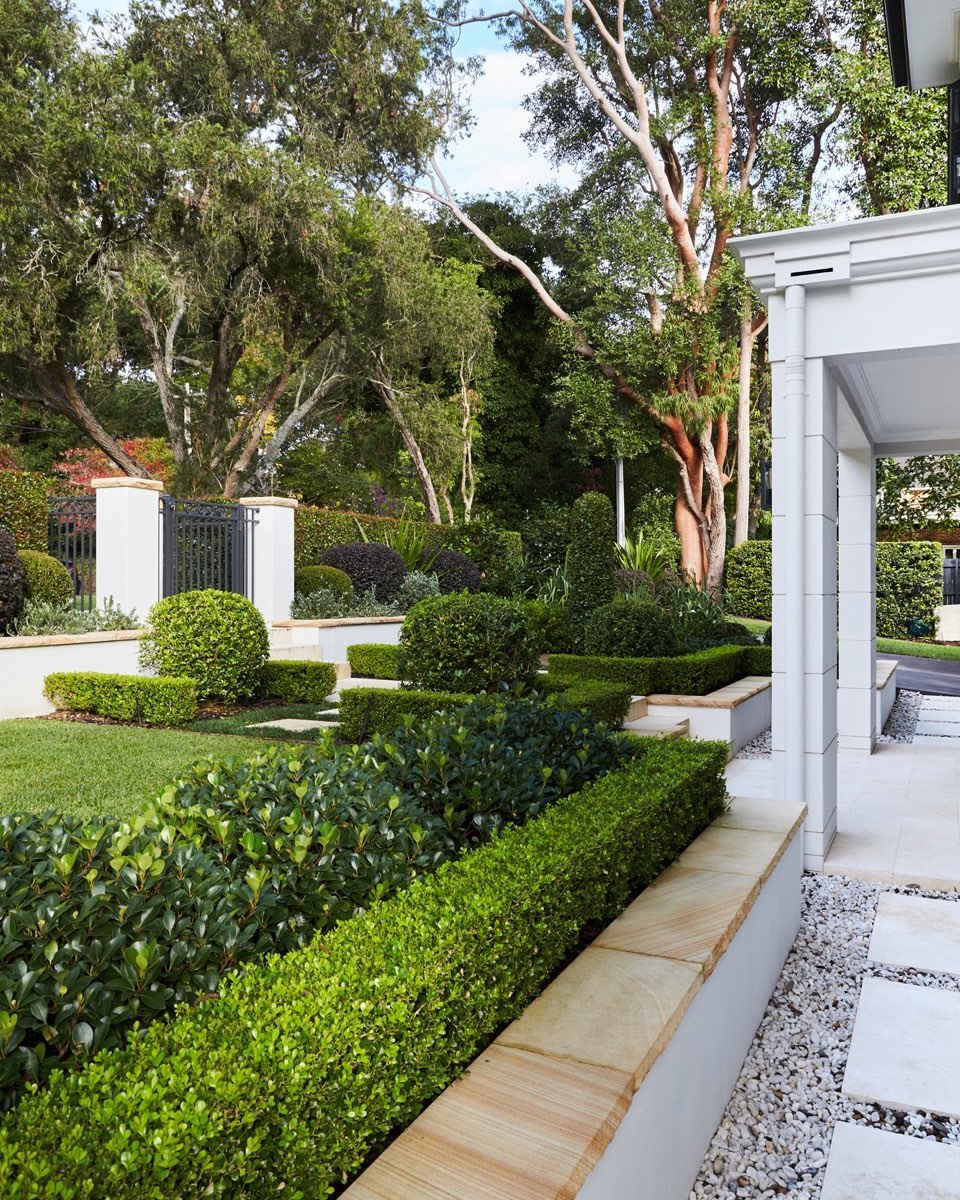
source @ed_landscapes_
Creating a multi-dimensional garden makes the space feel lush and inviting. Layering plants means placing taller ones at the back, medium-sized plants in the middle, and shorter plants in the front. This ensures every plant is visible and contributes to a full, structured look. Consider mixing different textures and leaf shapes—spiky ornamental grasses paired with delicate ferns or broad-leaved hostas create a dynamic contrast. When choosing colors, stick to a theme for cohesion—soft pastels for a cottage feel, bright tropical hues for a bold statement. Amazon Pick: Raised garden beds allow for structured planting and easy maintenance.
6. Create Defined Pathways
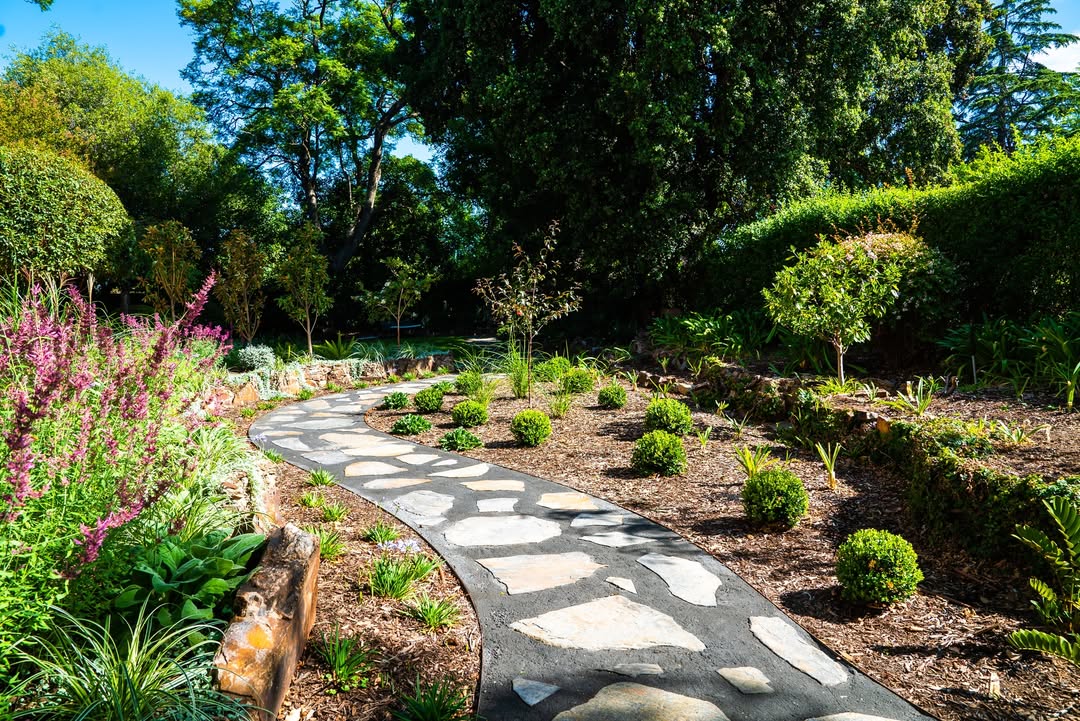
source @desert.flower.landscaping
Paths guide movement and help organize the garden into distinct areas. Whether you prefer a natural look with stepping stones or a formal walkway with bricks, paths create structure and add charm. A winding gravel path through flower beds gives a relaxed, whimsical vibe, while a paved walkway can lend a polished appearance. Paths are also practical—they prevent muddy patches and protect delicate plant roots from being stepped on. Amazon Pick: Stepping stone kits for creating an easy, elegant path.
7. Incorporate Vertical Gardening
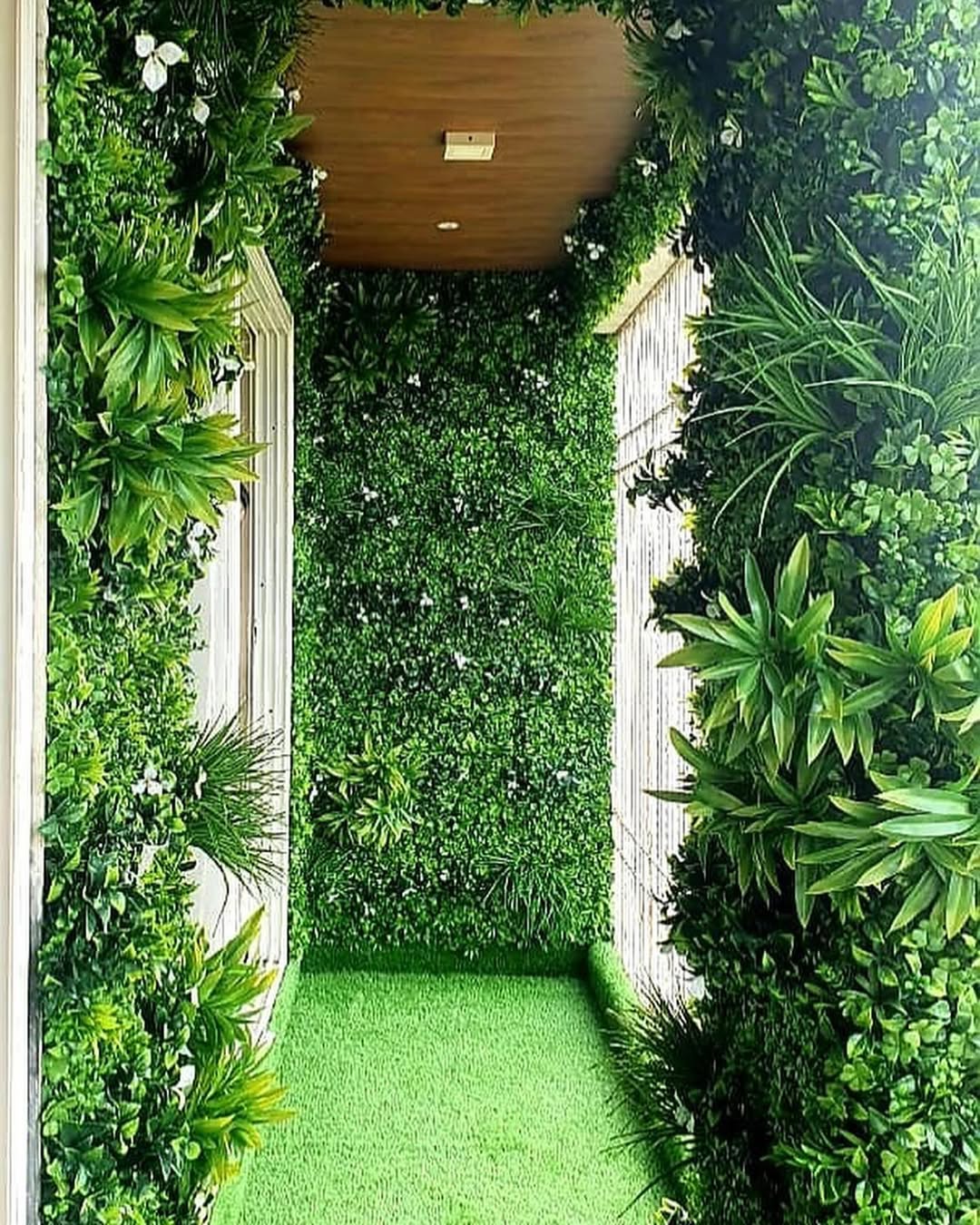
source @greenspace_design_bangalore
Vertical gardening is perfect for small spaces or urban gardens. If you lack ground space, grow upward! Wall planters, trellises, and hanging baskets allow you to cultivate flowers, herbs, and even vegetables without taking up valuable square footage. Climbing plants like ivy, clematis, and jasmine add greenery to fences or walls, creating a natural, living art piece. For edible options, tomatoes, peas, and cucumbers thrive when grown vertically. Amazon Pick: A vertical garden wall planter kit for maximizing space.
8. Choose a Color Theme
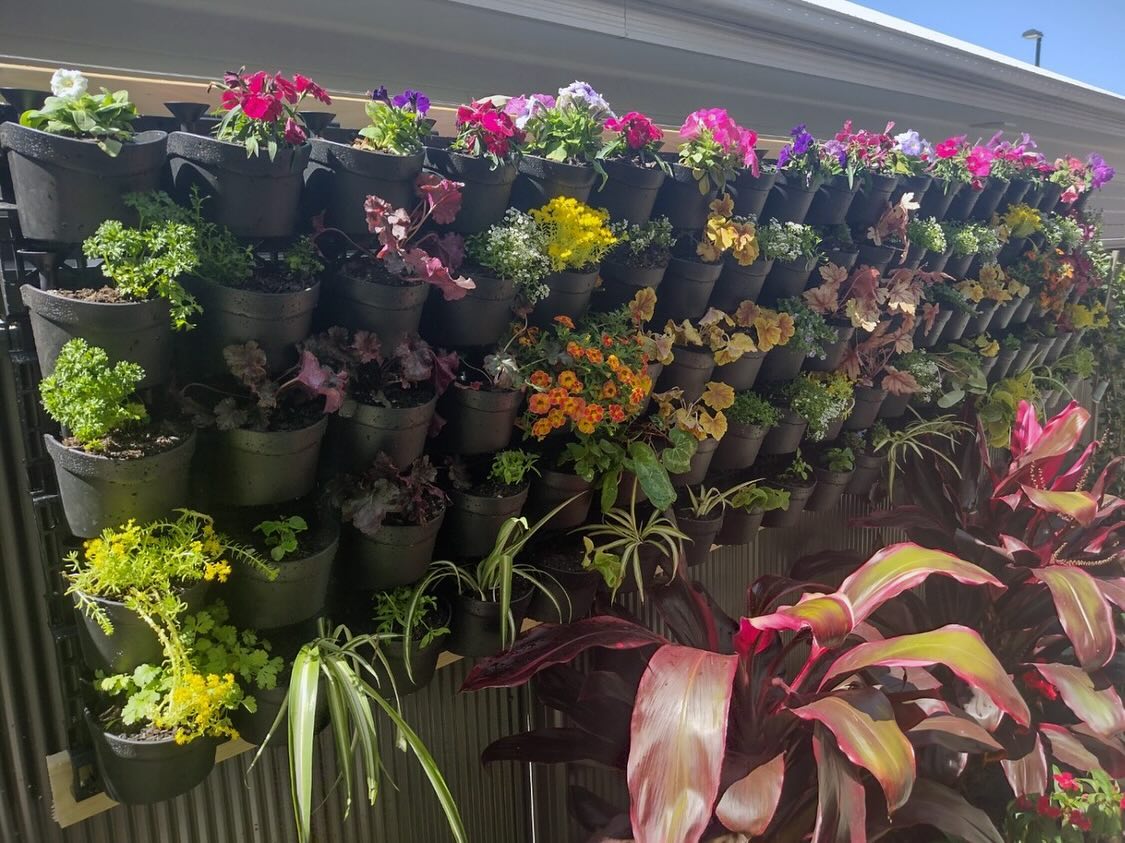
source @verticalgardensdirect_au
Color plays a crucial role in garden aesthetics. To create harmony, stick to a color palette that complements your home’s exterior and personal taste. If you want a calming atmosphere, use cool colors like blues, purples, and whites. For a lively, energetic feel, incorporate reds, oranges, and yellows. Monochrome gardens—like an all-white or all-purple theme—can be incredibly striking. To add visual interest, mix blooms with different flowering seasons so your garden stays colorful year-round. Amazon Pick: Seed packs curated by color themes for easy garden planning.
9. Use Raised Beds for Easy Maintenance
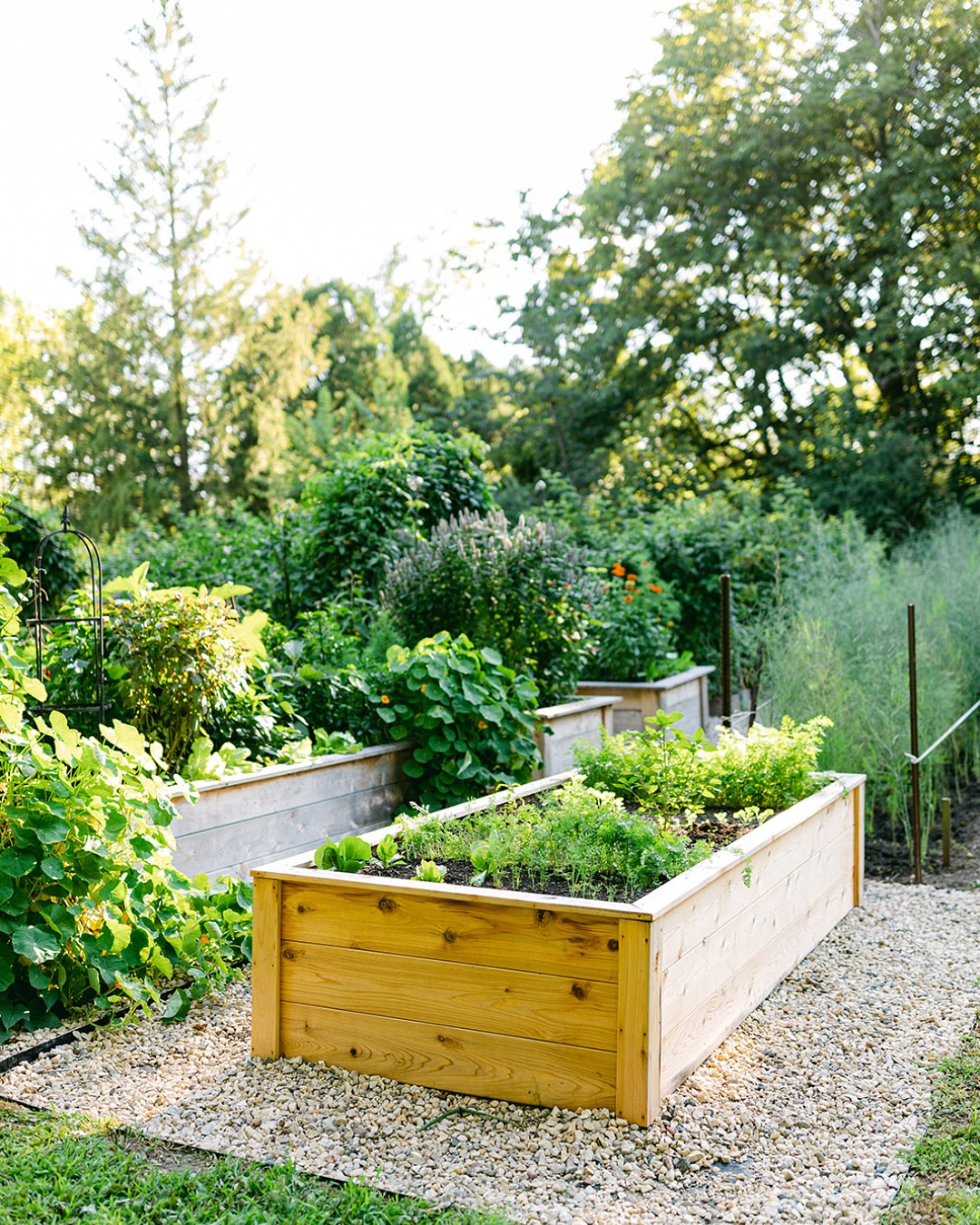
source @katiemoglesby
Raised garden beds offer numerous benefits—they improve drainage, reduce weeds, and provide better soil control. They also make gardening more accessible by minimizing bending and kneeling. If you want a structured, neat garden, raised beds are an excellent choice. They can be made from wood, stone, or metal and placed anywhere, even on patios or balconies. Amazon Pick: A DIY raised garden bed kit for convenient assembly.
10. Attract Pollinators for a Healthier Garden
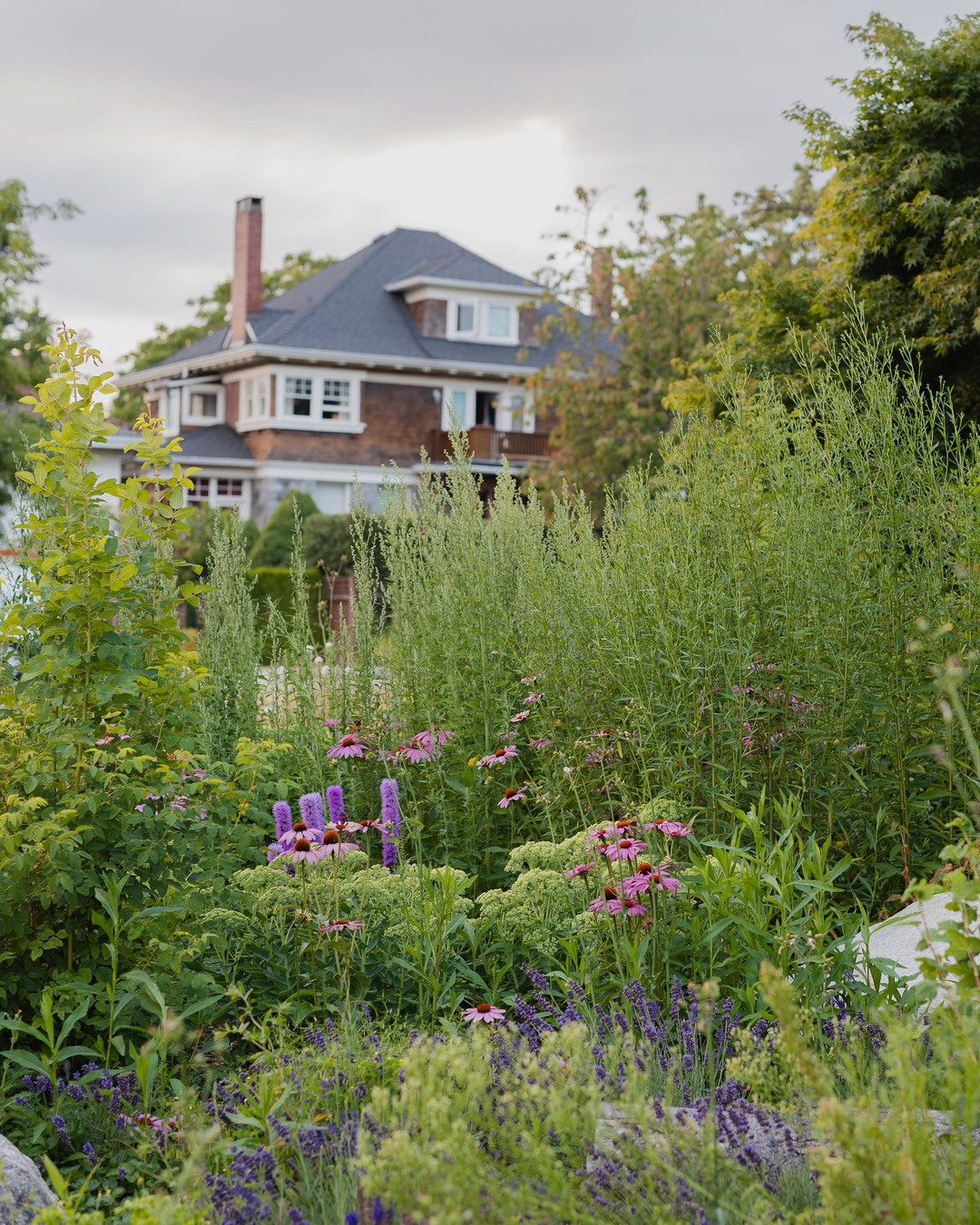
source @cityofnorthvancouver
A thriving garden needs bees, butterflies, and birds to help with pollination. Planting nectar-rich flowers like lavender, echinacea, and sunflowers will encourage these helpful creatures to visit. Avoid chemical pesticides, as they harm pollinators. Installing a birdbath or butterfly house can also enhance biodiversity. Amazon Pick: A pollinator-friendly wildflower seed mix to support local wildlife.
11. Invest in Smart Irrigation Systems
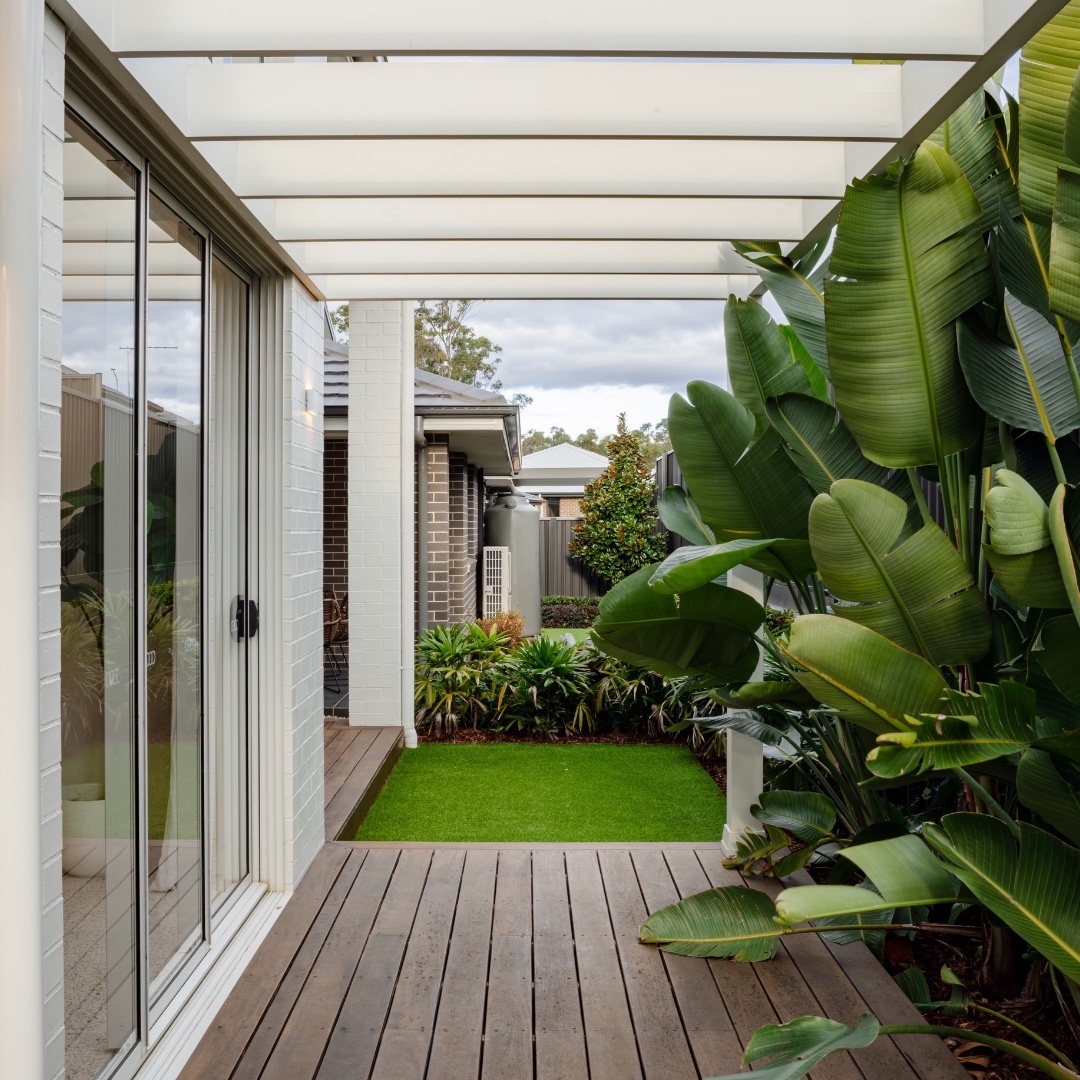
source @insightlandscapes
A beautiful garden doesn’t have to be a water-guzzling chore. With the right irrigation system, you can keep your plants hydrated without wasting water. Drip irrigation systems deliver water directly to plant roots, which helps conserve water and prevents runoff. Smart sprinklers can be connected to your phone, allowing you to schedule watering times based on weather forecasts. For gardens that experience long dry spells, consider rainwater collection systems to catch and store water for later use. With an efficient watering system, you’ll reduce maintenance while ensuring your plants thrive. Amazon Pick: A smart irrigation timer that allows you to control your system remotely from your phone.
12. Integrate Garden Lighting for Ambiance
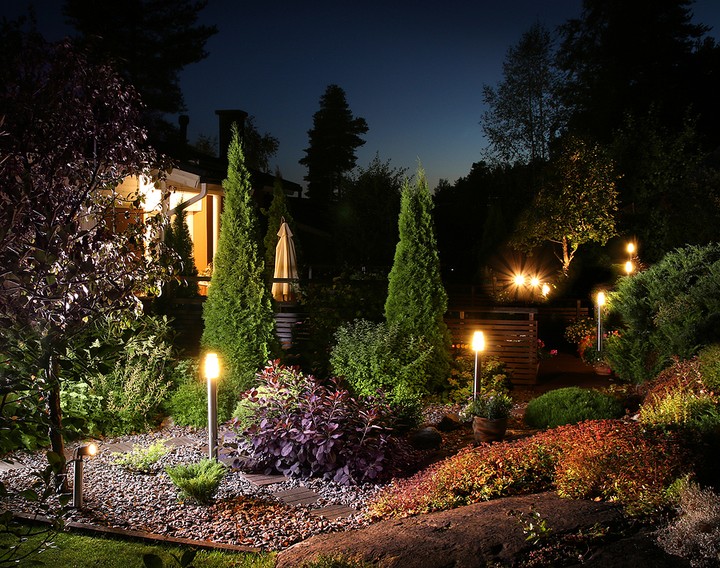
source @houstonlightscapes
Garden lighting can transform your outdoor space from day to night. Solar lights are energy-efficient and easy to install, perfect for illuminating pathways, flower beds, or your favorite plants. String lights can be draped over trellises or fences, adding a magical atmosphere to evening gatherings. Spotlights can highlight your focal points, whether it’s a unique tree or a water feature. Not only will garden lighting enhance the beauty of your garden, but it’ll also allow you to enjoy your outdoor space long after the sun goes down. Amazon Pick: Solar-powered fairy lights that add a soft glow to your garden.
13. Create Garden Zones for Different Functions
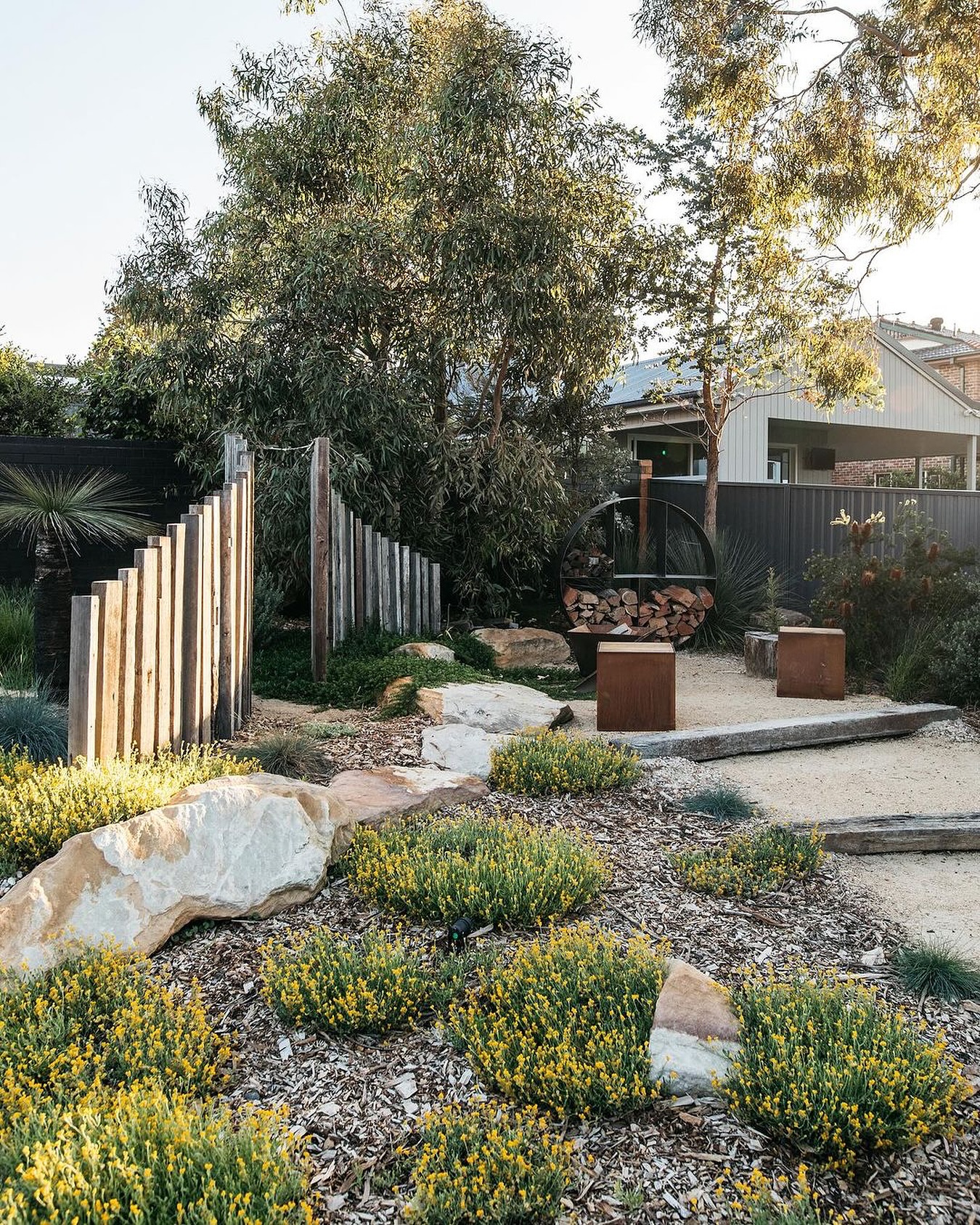
source @homeandgardenparadise
Zoning is a fantastic way to organize your garden based on how you plan to use it. Divide your garden into functional areas, such as a relaxing lounge space, a dining area, a play zone, or a vegetable patch. Use hedges, fences, or flower beds to separate these spaces and create a sense of privacy and intimacy. Each zone should have a distinct theme to suit its purpose. For example, your dining zone might have a table with surrounding flowers, while your relaxation area might have a hammock or garden bench. This type of organization keeps your garden looking cohesive while ensuring that each space is optimized for its intended use. Amazon Pick: Outdoor furniture sets that add comfort and style to your garden zones.
14. Add a Water Feature for Tranquility
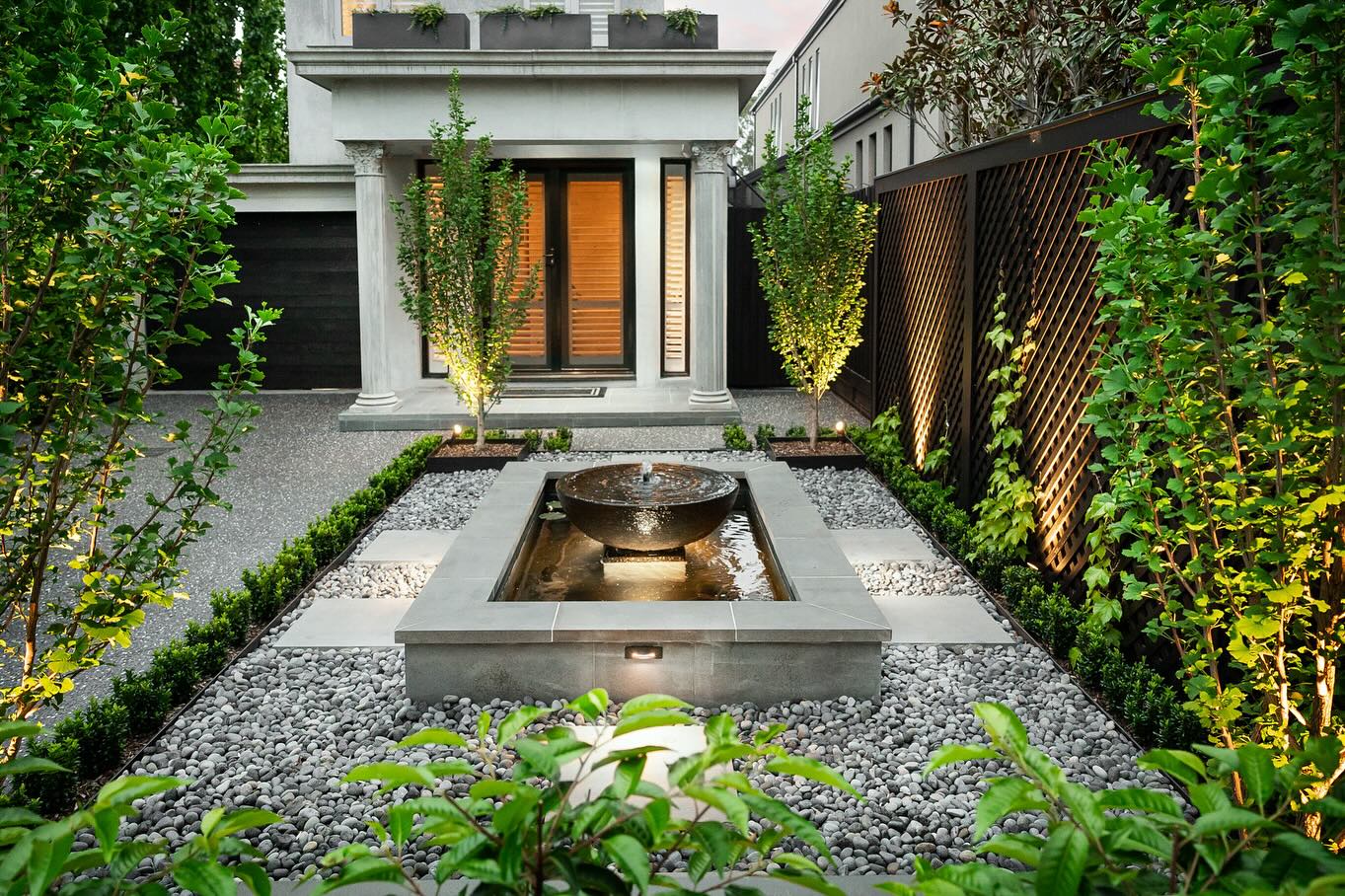
source @jadegardendesign
Water features not only add aesthetic appeal to your garden but also bring a sense of calm. Whether it’s a small fountain, a pond, or a birdbath, the sound of trickling water creates a peaceful atmosphere. You can place water features near seating areas to enhance your garden’s relaxing vibe or use them to draw attention to a particular corner of your garden. A pond with floating lilies and a small waterfall can make your garden feel like an oasis. Amazon Pick: A self-contained tabletop fountain that is easy to install and adds an elegant touch.
15. Incorporate Edible Landscaping
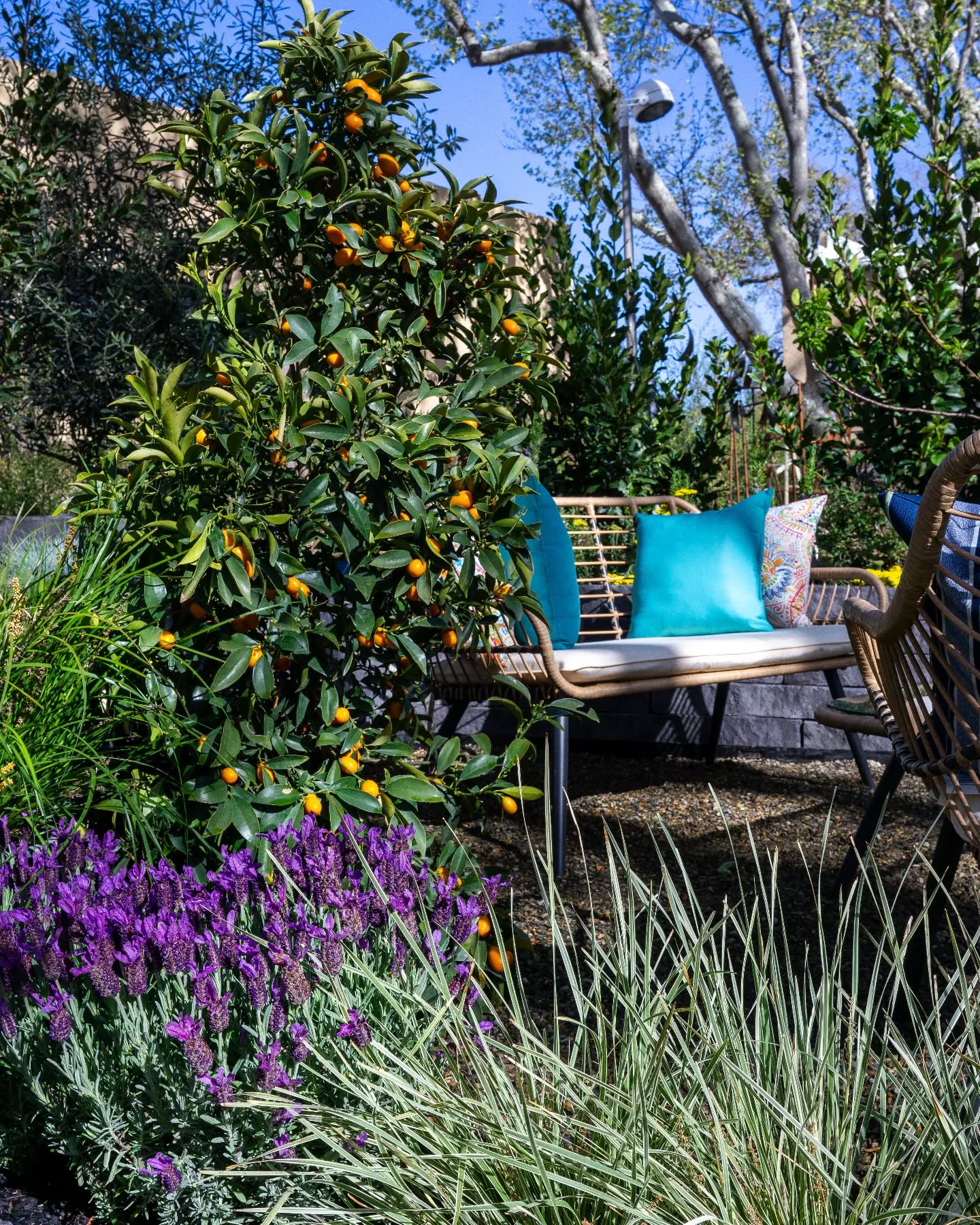
source @bayarea.gardendesign
Why not combine beauty with practicality by incorporating edible plants into your garden? Growing herbs like basil, rosemary, and thyme not only adds flavor to your meals but also enhances your garden with fragrant aromas. Vegetables like tomatoes, lettuce, and peppers can be just as decorative as they are delicious. Even fruits like strawberries and blueberries can be cultivated in raised beds or containers, adding color to your garden. Edible landscaping makes your garden both functional and beautiful. Amazon Pick: Raised garden planter boxes perfect for growing a variety of herbs and vegetables.
16. Use Mulch to Retain Moisture and Prevent Weeds
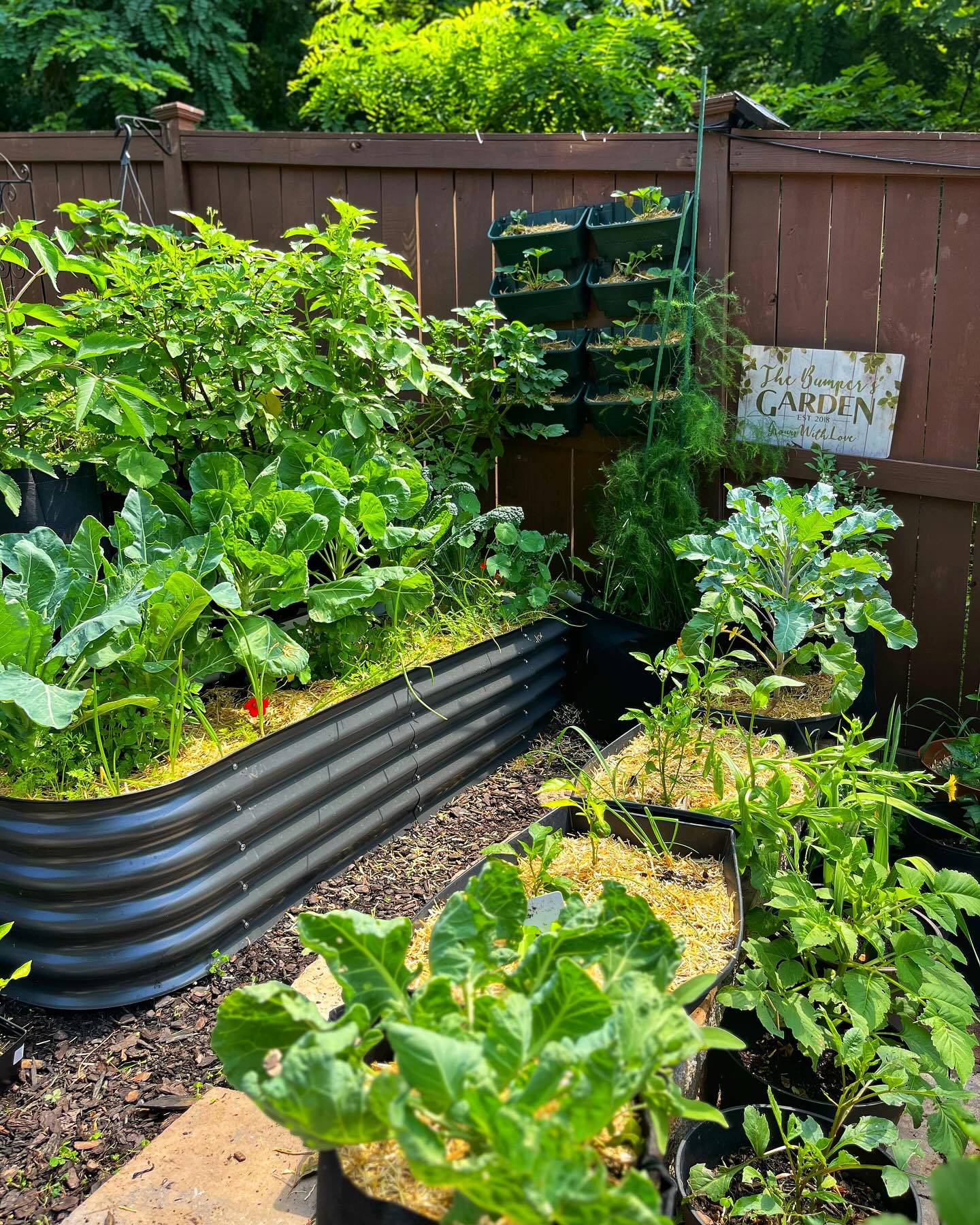
source @theurbangardenher
Mulch is a gardener’s best friend. It helps retain moisture in the soil, prevents weed growth, and adds a polished look to your garden beds. Organic mulches like bark, straw, or wood chips break down over time, enriching the soil with nutrients. In addition, mulch helps maintain an even soil temperature, preventing roots from getting too hot in the summer or too cold in the winter. Spread mulch around your plants to keep them healthy and your garden low-maintenance. Amazon Pick: Organic mulch bags that provide a natural, eco-friendly solution.
17. Choose Low-Maintenance Plants for Easy Care
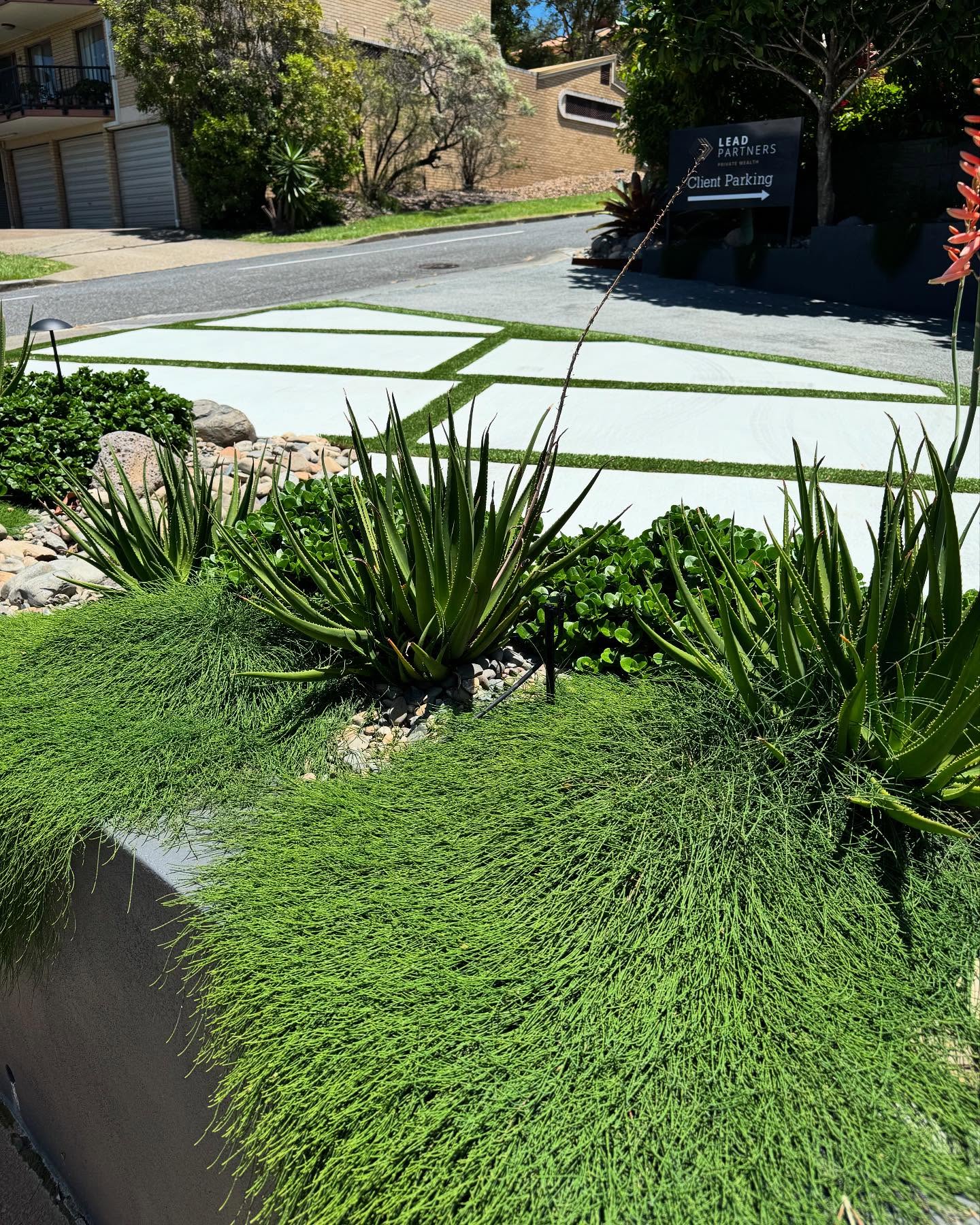
source @thesmallgarden
If you have a busy lifestyle or you’re just starting out as a gardener, choose low-maintenance plants that require minimal care. Plants like succulents, lavender, and ornamental grasses are perfect for beginners or anyone looking to reduce the time spent on upkeep. They need less water, thrive in a variety of conditions, and often don’t require frequent pruning. Low-maintenance plants are a great way to enjoy a beautiful garden without feeling overwhelmed. Amazon Pick: A succulent care kit with everything you need to maintain your plants.
18. Add Outdoor Storage for Tools and Supplies
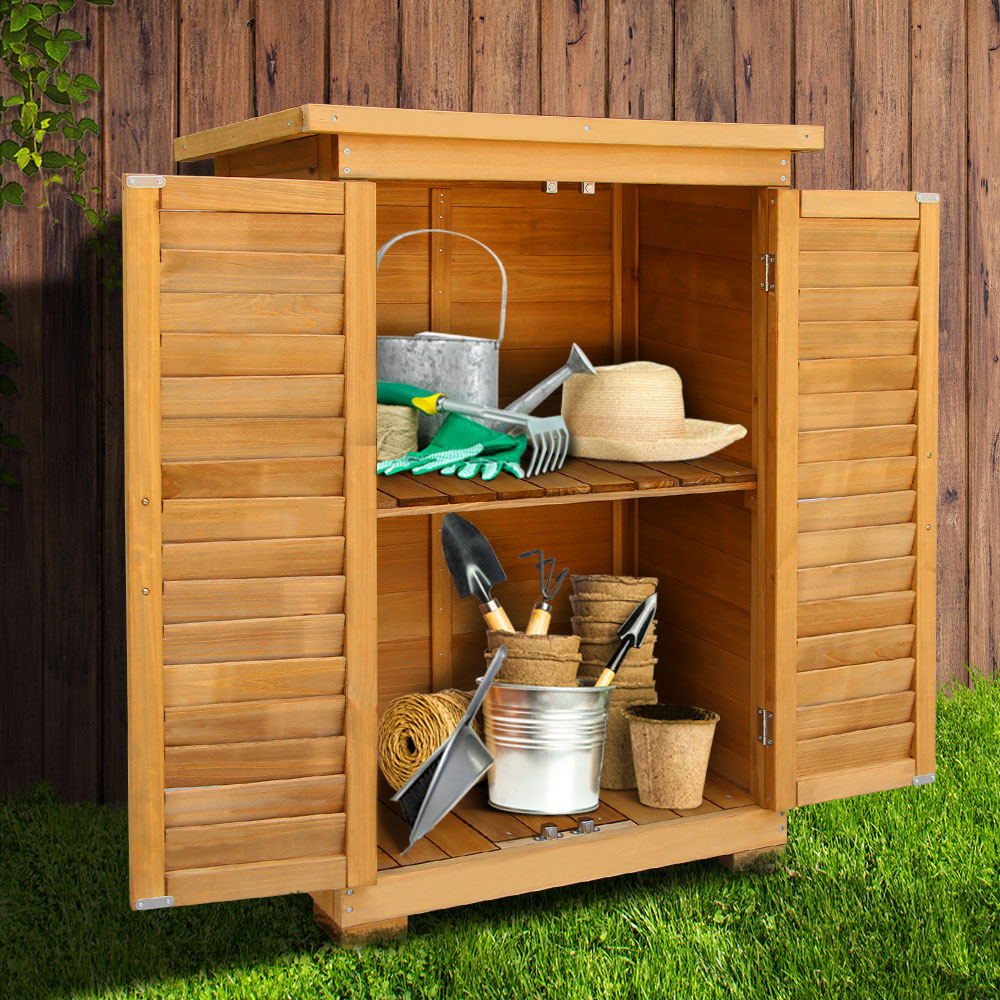
source @prasadshomeandgarden
Keeping your garden tools and supplies organized is essential to maintaining a tidy garden. Garden sheds, storage benches, or deck boxes are perfect for storing everything from pots and soil to trowels and watering cans. An outdoor storage solution will help keep your space clutter-free and ensure that all your gardening essentials are within reach. Consider a weather-resistant shed if you need to store larger equipment like lawnmowers or garden carts. Amazon Pick: A garden storage bench that doubles as seating and storage for tools and supplies.
19. Experiment with Seasonal Planting
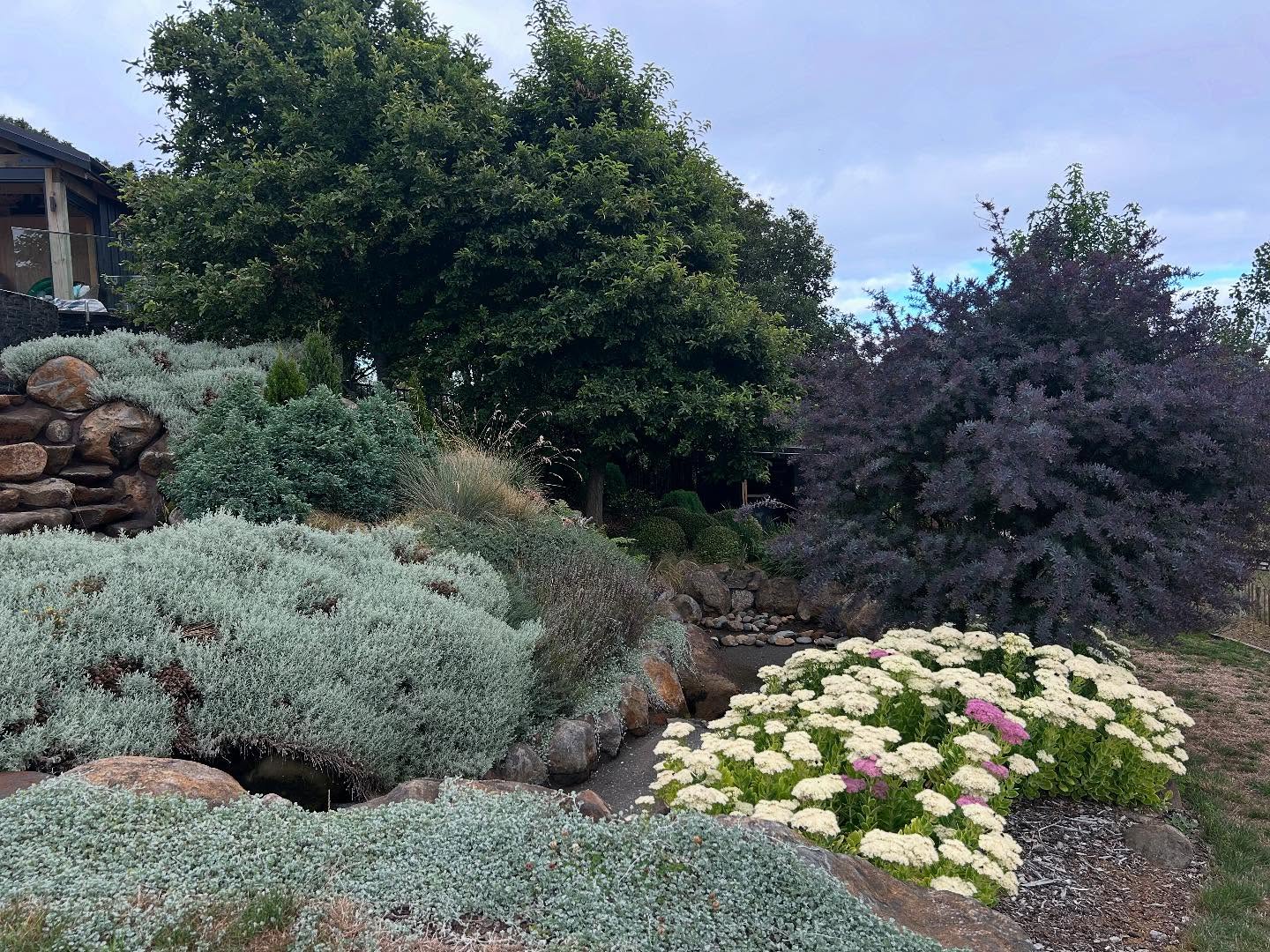
source @getgardeningwithruth
A garden is never the same throughout the year. By experimenting with seasonal planting, you can keep your garden looking fresh and vibrant, no matter the time of year. In the spring, tulips, daffodils, and lilacs will bloom beautifully, while in the summer, sunflowers, zinnias, and marigolds will take center stage. For fall, you might choose chrysanthemums, asters, and ornamental grasses, while in winter, evergreens, holly, and winter berries keep the garden lively. Amazon Pick: Seasonal flower and plant seed kits to ensure year-round blooms.
20. Make Use of Garden Decor and Accessories
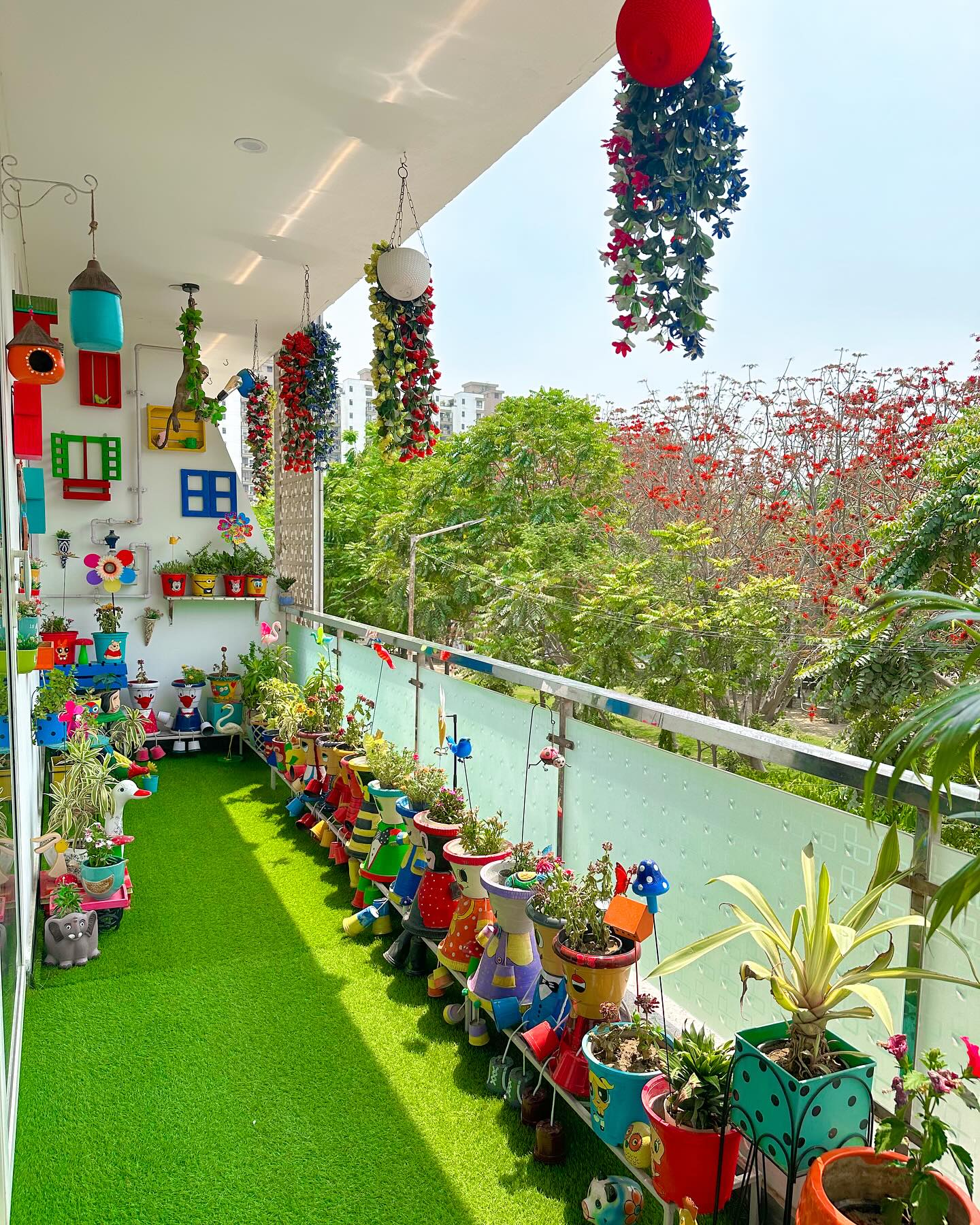
source @riseandshinefamily
Garden décor and accessories can bring your garden design to life. From charming birdhouses, whimsical wind chimes, and decorative planters to functional pieces like outdoor rugs and throw pillows, these small details add character and personality to your garden. Accessories like outdoor clocks, weather vanes, or garden statues can also enhance the overall aesthetic. Be sure to balance décor with the overall garden theme—too many accessories can make the space feel cluttered. Amazon Pick: Outdoor decorative accents, from sculptures to fairy garden kits, that add a touch of magic to your garden.

